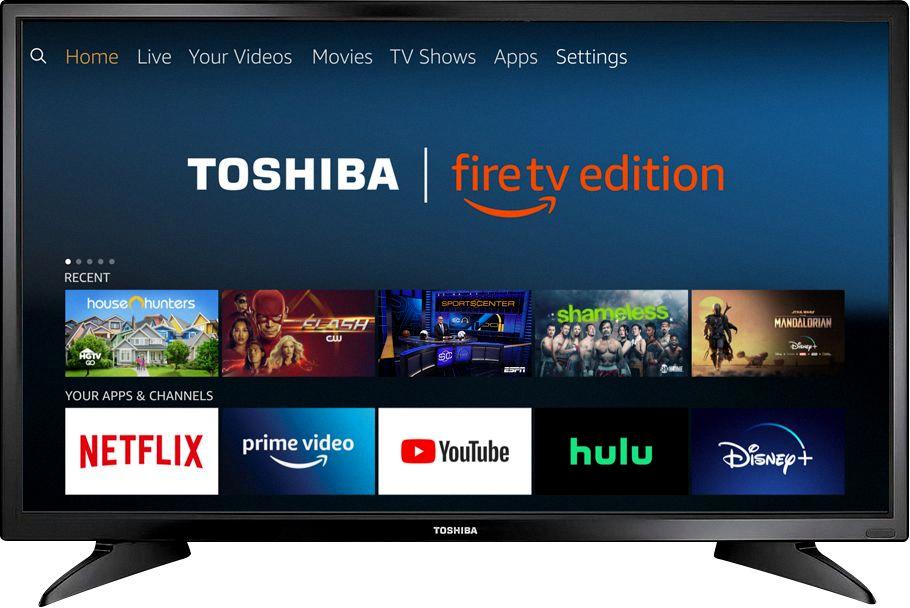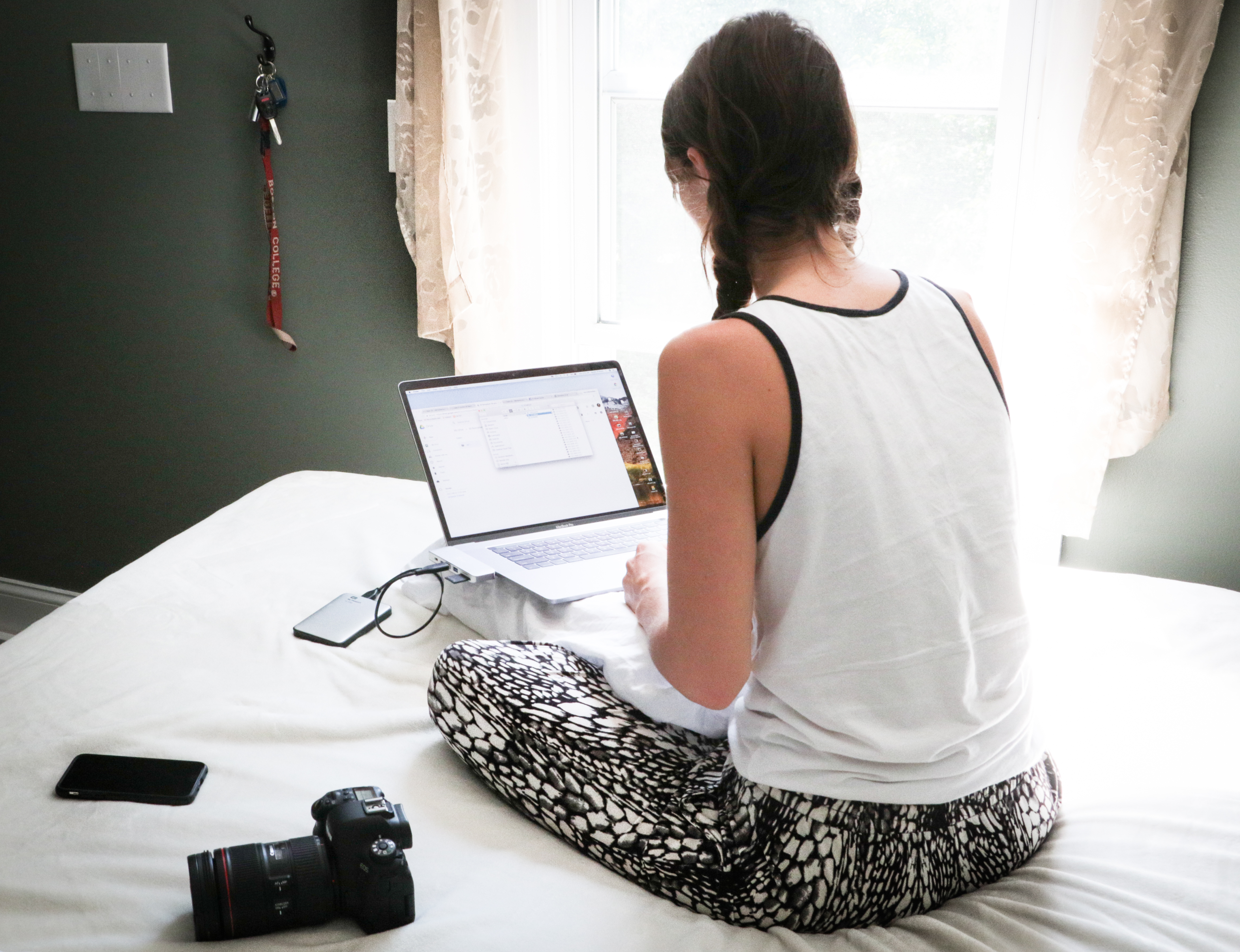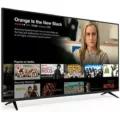720p, also known as HD (High Definition), is a resolution commonly found in TVs and other display devices. It refers to a screen resolution of 1280×720 pixels, where 1280 represents the number of horizontal pixels and 720 represents the number of vertical pixels. But is 720p good for a 32-inch TV?
When it comes to smaller screens like a 32-inch TV, the difference between 720p and higher resolutions like 1080p or 4K might not be as noticeable. This is because the pixel density on a smaller screen is higher, meaning that the individual pixels are closer together. As a result, the image quality can still appear sharp and clear even with a lower resolution like 720p.
However, it’s important to note that the image quality and level of detail will still be better with higher resolutions. With a 1080p resolution, for example, you’ll get a smoother and clearer image compared to 720p. This is especially noticeable when watching high-definition content, such as Blu-ray movies or streaming services that offer 1080p video.
That being said, the choice between 720p and higher resolutions ultimately depends on your personal preferences and viewing habits. If you mainly watch cable TV broadcasts, which are often in 720p, you might not see a significant difference with a 32-inch TV. But if you enjoy watching high-resolution content or plan to use your TV for gaming, a higher resolution like 1080p or even 4K might be worth considering.
It’s also worth mentioning that the availability of content in different resolutions can vary. While 720p content is still widely available, more and more content providers are offering higher resolutions like 1080p or 4K. So, if you want to future-proof your TV and have access to the latest content, opting for a higher resolution might be a better choice.
720p can still provide a satisfactory viewing experience on a 32-inch TV, especially if you mainly watch cable TV broadcasts. However, if you prioritize image quality and plan to consume high-resolution content, a higher resolution like 1080p or 4K might be a better fit for your needs. Ultimately, the choice comes down to personal preference and how you plan to use your TV.
What Resolution Is Best For 32-inch TV?
The best resolution for a 32-inch TV is typically 1080p. This resolution, also known as Full HD, offers a pixel density of 1920×1080, providing a clear and detailed image on the screen.
Here are a few reasons why 1080p is considered the best resolution for a 32-inch TV:
1. Size and Viewing Distance: A 32-inch TV is relatively small compared to larger models. At this size, the pixel density of 1080p is sufficient for most viewing distances. It allows you to enjoy a sharp and detailed picture without any noticeable pixelation, even when sitting close to the screen.
2. Content Availability: 1080p is a widely supported resolution and is compatible with most media sources, including Blu-ray discs, streaming services, and gaming consoles. The majority of TV shows, movies, and games are also produced in 1080p, making it the ideal resolution for enjoying a wide range of content.
3. Price and Value: 1080p TVs are generally more affordable compared to higher-resolution options like 4K or 8K. If you’re on a budget or don’t require the absolute highest resolution, a 32-inch 1080p TV offers great value for your money.
4. Performance Considerations: Higher resolutions, such as 4K, require more processing power to render the image, resulting in increased power consumption and potentially slower performance. With a 32-inch TV, the benefits of higher resolutions may not be as noticeable, making 1080p a practical choice.
The 1080p resolution is the best choice for a 32-inch TV. It provides a clear and detailed image, is widely supported across various media sources, offers good value for money, and ensures smooth performance without compromising power consumption.

Should My TV Be 720p Or 1080p?
When deciding between a 720p or 1080p TV, it’s important to consider the picture quality. While some may not notice a significant difference, those who pay attention will notice that 1080p offers a smoother and clearer image compared to 720p. Additionally, 1080p is clearer than 1080i.
Here are some key points to consider:
1. Resolution: 720p refers to a resolution of 1280×720 pixels, while 1080p refers to a resolution of 1920×1080 pixels. This means that 1080p offers a higher pixel count, resulting in sharper and more detailed images.
2. Clarity: The higher resolution of 1080p ensures that images appear sharper and more defined. This is particularly noticeable when viewing high-definition content, such as Blu-ray movies or streaming services that support 1080p.
3. Smoother Motion: 1080p also provides smoother motion compared to 720p. This is especially important for fast-paced action scenes or sports, as the higher resolution helps to minimize motion blur and provide a more immersive viewing experience.
4. Content Availability: Nowadays, most content is available in 1080p, including TV shows, movies, and streaming services. While 720p content is still widely available, opting for a 1080p TV ensures compatibility with the majority of current and future content.
If you value a smoother and clearer image with enhanced detail, opting for a 1080p TV is recommended. It offers a higher resolution, resulting in sharper visuals and smoother motion. Additionally, 1080p is more compatible with the majority of current and future content, ensuring a better viewing experience overall.
Can You Get A 32 TV In 1080p?
You can definitely get a 32-inch TV in 1080p resolution. In fact, there are several options available on the market. One such option is the VIZIO 32-inch D-Series Full HD 1080p Smart TV with Apple AirPlay and Chromecast Built-in, Alexa Compatibility, D32f-J04, 2022 Model. This TV is certified by Amazon to work with Alexa, so you can control it with your voice using Alexa-enabled devices like Amazon Echo and Amazon Tap.
The 1080p resolution, also known as Full HD, provides a sharp and clear picture quality, making it suitable for enjoying movies, TV shows, and gaming. With a 32-inch screen size, this TV is ideal for smaller rooms or spaces where a larger TV might not fit.
Additionally, this VIZIO TV comes with Apple AirPlay and Chromecast built-in, allowing you to easily stream content from your compatible devices directly to the TV. This feature adds convenience and flexibility to your entertainment experience.
To summarize, if you’re looking for a 32-inch TV with 1080p resolution, the VIZIO D-Series Full HD 1080p Smart TV is a great option. It not only offers a high-resolution display but also includes smart features like Apple AirPlay, Chromecast built-in, and Alexa compatibility for seamless integration into your smart home setup.
Why Are 720p Tvs Still Made?
720p TVs are still made for several reasons:
1. Affordability: One of the main reasons why 720p TVs are still produced is their low cost. These TVs are generally cheaper compared to higher resolution options like 1080p or 4K TVs. This makes them an attractive choice for budget-conscious consumers who prioritize price over picture quality.
2. Compatibility: Many cable TV broadcasts and streaming services still primarily transmit content in 720p resolution. Therefore, for those who mainly watch cable TV or use streaming services that predominantly offer 720p content, there may not be a need for a higher resolution TV. This makes 720p TVs a suitable and economical choice for such users.
3. Size limitations: In smaller TV sizes, the difference in visual quality between 720p and higher resolutions may not be as noticeable to the average viewer. For instance, on TVs with screens smaller than 32 inches, the benefits of a higher resolution may not be as pronounced, leading manufacturers to continue producing 720p models for this market segment.
4. Gaming consoles and other devices: Gaming consoles, such as the Nintendo Switch, Xbox One, and PlayStation 4, often output games in 720p resolution. As a result, individuals who primarily use their TVs for gaming may find 720p TVs sufficient for their needs. Additionally, other devices like DVD players, older gaming consoles, and certain streaming devices may also have a maximum output resolution of 720p, making 720p TVs compatible with these devices.
5. Secondary or spare TVs: 720p TVs are often purchased as secondary or spare TVs for bedrooms, guest rooms, or other areas where the primary focus is not on high-resolution viewing. In such cases, the lower cost of 720p models can be advantageous, allowing consumers to have multiple TVs without breaking the bank.
It’s important to note that while 720p TVs still have their place in the market, higher resolution options like 1080p and 4K TVs continue to dominate as technology advances and prices become more affordable. However, for those who prioritize affordability or have specific usage requirements, 720p TVs provide a viable and cost-effective option.
Conclusion
While there may not be a significant difference in picture quality between 720p and 1080p for some viewers, those who pay closer attention will notice that 1080p provides a smoother and clearer image. 1080p is also considered to be clearer than 1080i. However, it is important to note that the choice between 720p and 1080p ultimately depends on individual preferences and the specific usage of the display. For those on a budget or who primarily watch cable TV broadcasts, which are often in 720p, a 720p display may be a more cost-effective option. Ultimately, the decision should be based on personal preferences and viewing habits.







